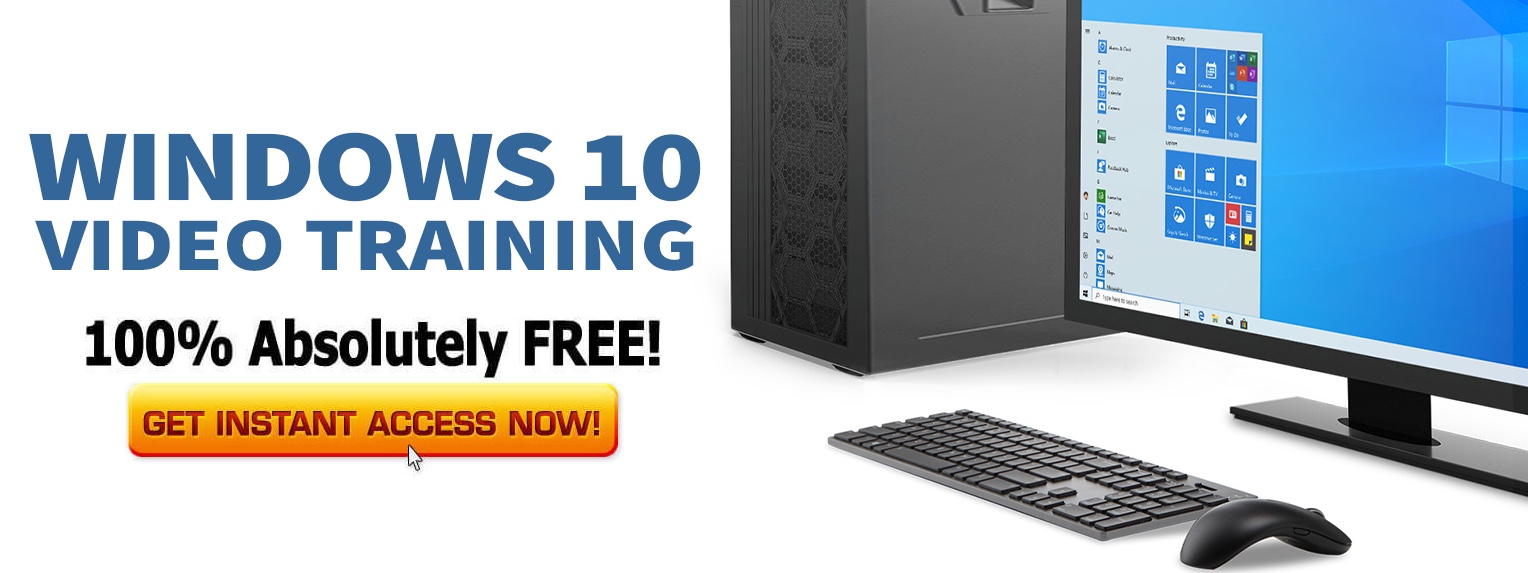Live Tiles will be Windows 8’s version of push notifications.[/caption]
Now Microsoft is making Windows 8 more like a mobile device by adding support for push notifications. If you have a smartphone that was made in the past 2-3 years, you know what push notifications are. Especially if you have a Blackberry.
(Blackberrys are the masters of push notifications.) Push notifications are basically little pop-up notifications that alert you about something.
It could be something as simple and practical as a new email, or it could be something fun or frivolous like a notification that your wheat from Farmville is ripe for harvest.
It could even be a notification that your favored sports team is ahead.
Before push notifications became mainstream on phones, there was a big problem: How would the phones have enough power to check a server every five, ten, or fifteen minutes or even every few seconds without draining the battery power of the phone or significantly slowing it down.
This of course has never been a problem with desktop computers. For one, they have way more resources to burn than phones, and actual desktops don’t run on batteries, but of course now that Windows 8 has to be tablet ready, it will face the same problems that phones do. Yes, tablets do have more power than phones, but not that much.
So how is Microsoft going to do it? Well that’s where the Windows 8 Push Notifications Service (Original name, huh?) comes in. Windows 8’s push notification service will come in the form of the Live Tile updates. (Nothing new.)
Like Apple’s iCloud, Microsoft has a new server farm that developers will be able to use to have Live Tiles for their own apps.
The Windows 8 team has written code that makes the Live Tiles use almost no system resources and they also have the ability to view the Live Tiles that are taking up the most resources and try and fix the problem.
This can all be viewed in the new Windows 8 Task Manager. Microsoft listed its goals for their push notifications/Live Tiles:
“[We want to] Allow…hundreds of app tiles to be alive with activity, and simultaneously making sure that we don’t degrade performance makes it seem like we have contradictory goals. After all, ‘activity,’ by definition, consumes resources: getting a notification from the cloud uses the network, and rendering the notification on a tile uses GPU/CPU resources, etc.
In order to get the design right, we knew we had to stay focused on the goals we started out with.”
Overall, I see these new updates to Windows a lot like Apple’s updates to Mac OS X in Lion. They are all trying to make their desktop operating systems more mobile-like. Apple specifically took features from the iPad and iPhone and integrated them into Lion.
Microsoft is now taking more and more features from Windows Phone and integrating them with Windows. I have speculated about a possible “mulit-purpose” operating system from Microsoft that will run on all devices, but is this really where desktop computing is headed? Leave your thoughts below.
Source 1
Source 2]]>

